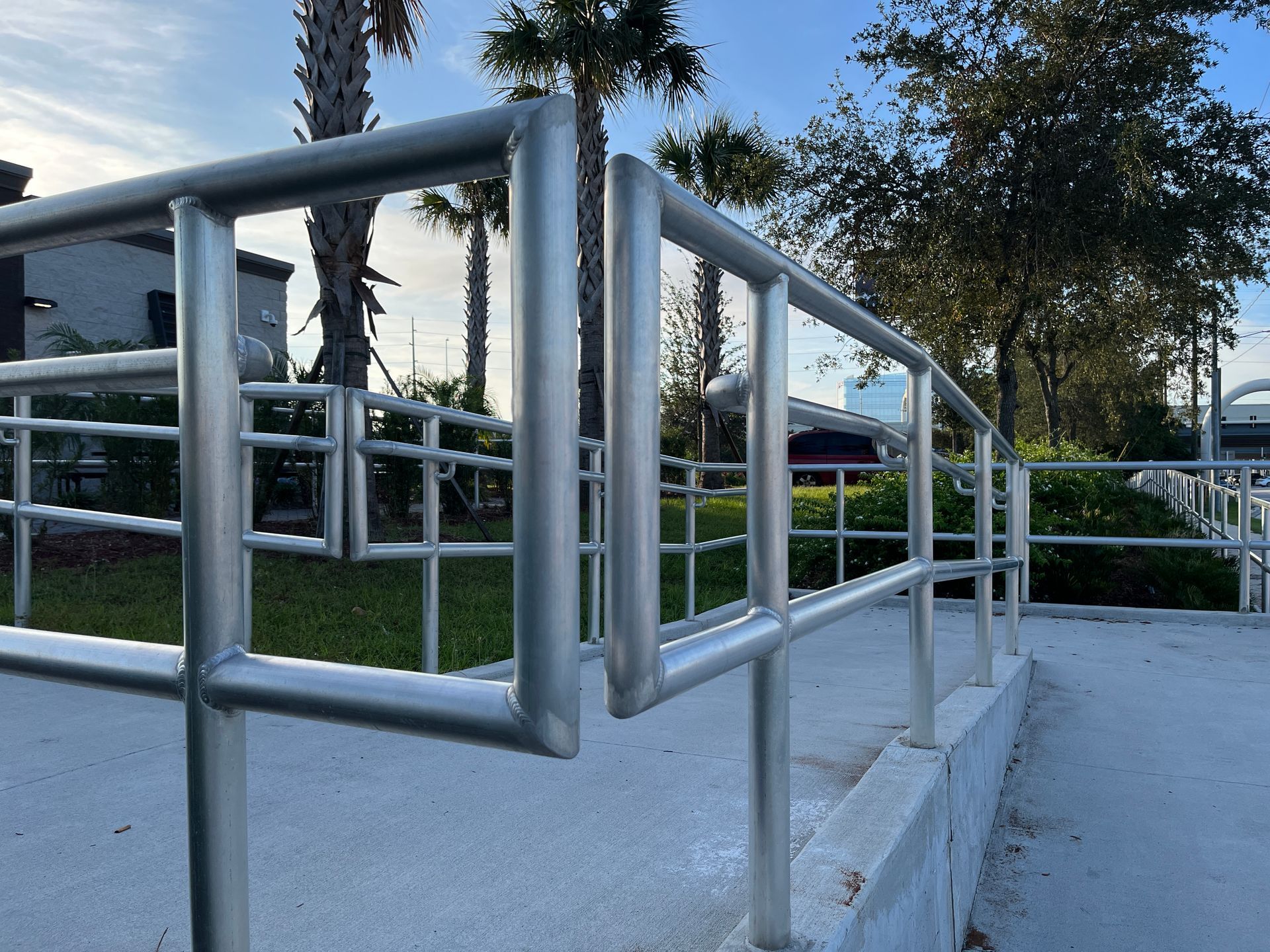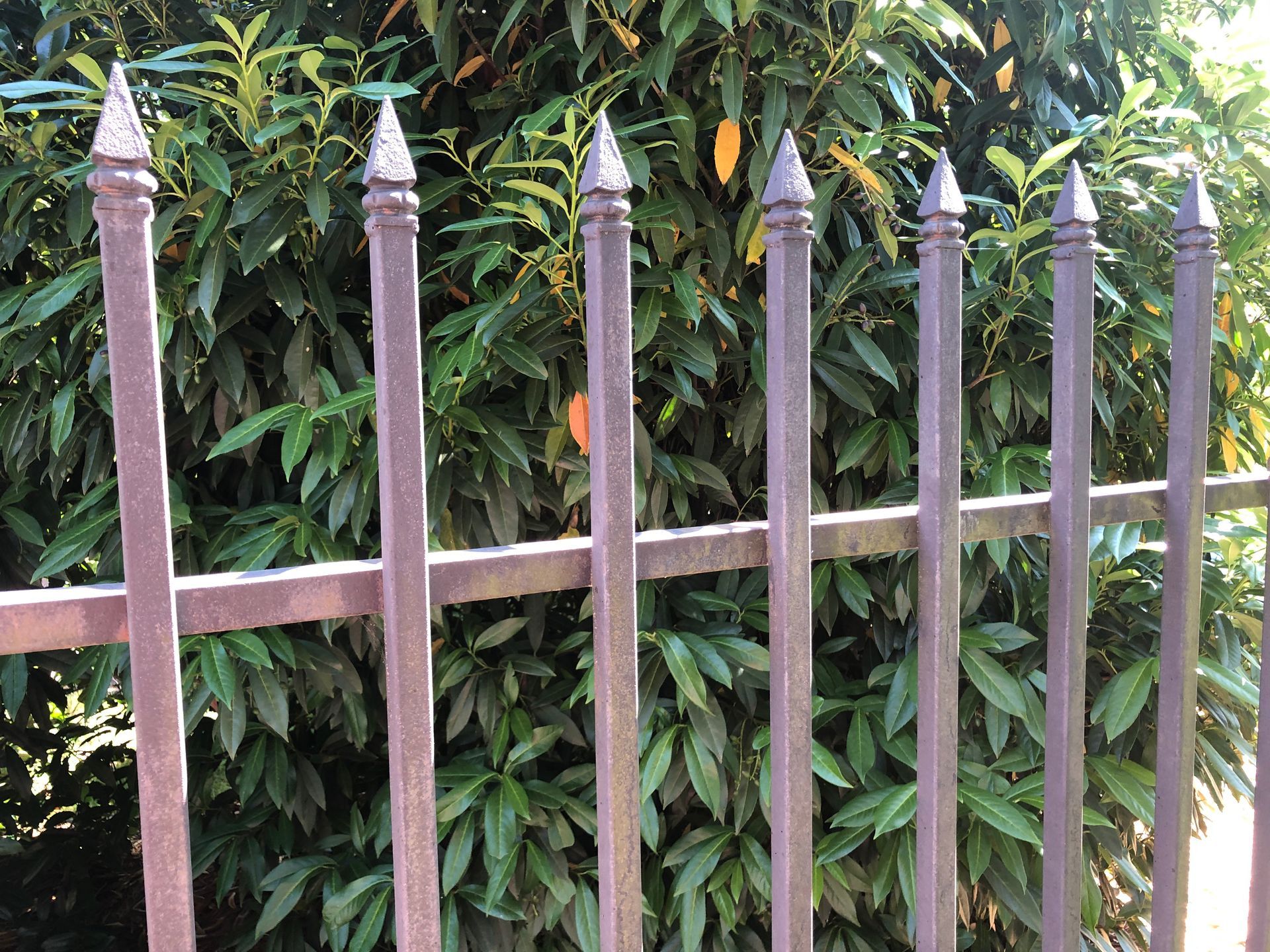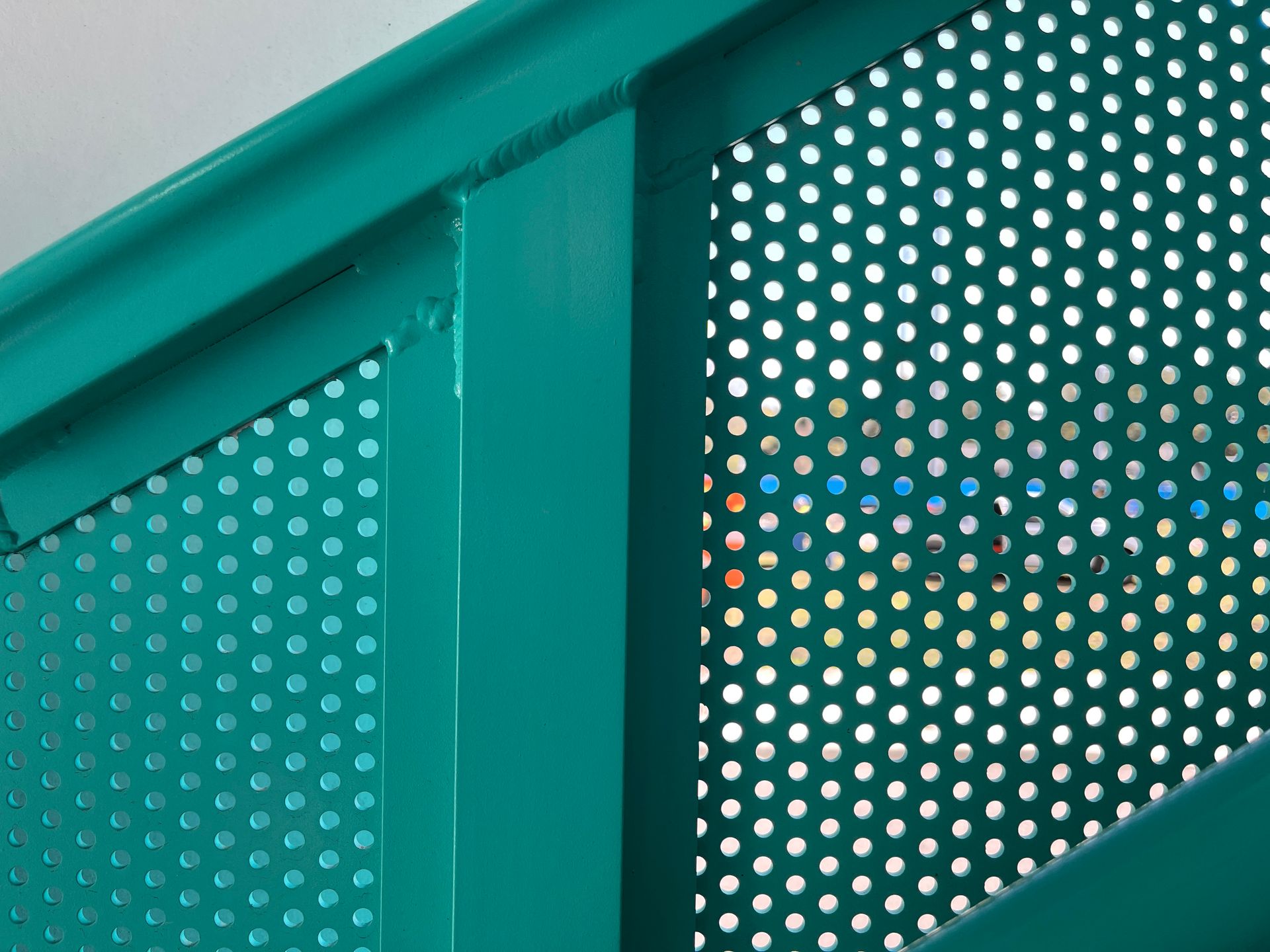Railing Materials




What are the best railing materials?
We're often asked about the best material to use for a job. There is a lot we will share about the matter, but ultimately it is up to you, the future owner of the new railing. Major factors to consider can be the function, the amount of maintenance required, budget and the length of time you are expecting the railing to last. The look is often times one of the first considerations people have, but the previously mentioned aspects should also be considered because a certain look can often be achieved with more than one type of metal, and sometimes the budget or timeline is going to be more important at the end of the day.
If you're shopping for a new railing because you want to sell your home and you want it to look as good as possible at open houses, you may have a specific criteria. Maybe your budget is higher in that case because you expect to recoup your investment, or maybe your budget is low because you're spending the bulk of your money on larger projects like a bathroom remodel. One thing that will probably be less important to you is the lifespan of that railing because you're going to pass that responsibility on to the next owner. But if you are shopping for a new railing in order to upgrade an old one at a new home you plan to stay at long-term, than you're probably going to pay close attention to how long a certain railing will last you. You want to make a good long-term investment, right? As you think through all of these needs, let's begin to analyze some of the differences in our options for railing materials.
What is the best metal for railings?
We create custom metal rails because we enjoy the craftsmanship involved and we believe them to be superior to any other kind of rail. We're well versed in fabricating with various types of metal and we have our preferences, but that doesn't mean that your needs should change. The most common choices for a new metal railing are aluminum, steel and iron.
STEEL
Steel is the strongest option on our list. It has a silvery, reflective look and although it is often referred to as metal it is actually an alloy. Steel is more durable than comparative materials and is able to withstand extreme heat (in addition to nearly all other weather elements) as well as high force without taking on damage.
Corrosion, which is caused by oxidation, is more likely to happen on steel than iron. There are multiple types of steel and each have slightly different aspects. Stainless, for instance, is great at avoiding rust which may be caused by salt water. In a city like Orlando that is close to the coast, your outdoor railing will contact with salt in from the Florida air. This can lead to pitting corrosion. In the case of steel railings, corrosion is going to eventually lead to rust and then will require attention to remove it and work to prevent it from reoccurring.
When talking about cleaning steel before any signs of rust, feel free to use an ordinary household cleaner like Windex or even soap and water with a rag will do the trick.
Steel is amazing in that it can be shaped and reshaped while retaining all of its original properties. This can be referred to as elasticity. Not the first word that probably comes to mind as you think about steel, but like rubber, steel can be reverted back to its original position without being stressed. This flexibility serves wonderfully for our needs in this industry. While iron isn't the same, it can be made similar if it is produced with carbon (which is also contained in steel).
Steel is one of the most recycled materials. It can be melted down and used again, especially because of the versatile properties we mentioned above. Some estimates say that 60% of the worlds steel is recycled for reuse.
ALUMINUM
Aluminum is softer than steel. This causes it to weigh less but also means it can be scratched and dented far easier. When assembling our railings, aluminum requires more supports and posts which make the design more cumbersome at times and can also add more to the cost. Heavy weight or force is more likely to bend an aluminum railing than a steel one.
Aluminum is extremely easy to clean and can be done so with soap and water. No special chemicals are needed. From our standpoint, installation is easy but aluminum is not as versatile as steel and therefore has far more limited options when it comes to the design. Where steel can be bent, curved and shaped, aluminum is generally only used for railings in a vertical, horizontal or diagonal pattern because it can't be shaped in the same way. We make beautiful horizontal railings but if you're looking for an ornate pattern, special shape or something more customized, aluminum will not be your choice.
Aluminum is not supposed to rust, however it is more porous than steel so it is more prone to corrosion. The smoother surface of steel gives it a little added protection in this case. If you see aluminum exterior railings that have gun to show white lines (almost like hairline scratches) throughout, this is likely oxidation. Oxidation happens because oxygen bonds with the aluminum and forms this outer coating. It is really harmless to your aluminum rails. The real trouble makers are corrosion and rust (more likely on a steel or iron railing). The oxidized layer on aluminum actually protects the metal from corrosion. This is very different from iron or steel in which corrosion that leads to rust will cause a layer of metal to flake off (the big reddish rust we are familiar with) exposing fresh metal and allowing the process to continue through more layers.
The natural color of aluminum has a hint of grey in it. It is also dull, whereas steel is more reflective and shiny.
Aluminum is found in the earth's crust and is the most abundant metal on the planet. However, it bonds easily and therefore you will not find it in nature as a pure metal. These mixed substances are mined and then refined in order to create free aluminum. Iron, also found inside the earth, comes just after aluminum as the next most common element in the crust.
IRON
Iron can sometimes last 60 years or more, making it an investment that you may only have to deal with once if you take care of it correctly and keep an eye on any areas that could begin to corrode in an outdoor setting. Much like the previous two metals we have reviewed, iron also requires little care and can be cleaned easily with soap and water.
Like steel, wrought iron is considered a flexible metal and can be rolled, hammered or shaped into all kinds of visually interesting designs. When working on it, iron has to be heated to an extreme temperature for it to become malleable. It is rare to find a place that does any mass production of iron nowadays so if you're having a fence or rail designed for you, it will almost certainly be a one-of-a-kind piece that will remain with the property for over a generation.
As for the composition, wrought iron is entirely iron but steel contains iron and carbon. We've mentioned that steel is smooth but iron is going to come with a more grainy texture. It is typically only noticeable closeup but some people compare it to wood when referring to the slight pattern it may have on it's surface (in reference to the texture, not the color).
Iron may run at the highest price among these three options but this is not exclusively the case. Because more detailed designs can be made with iron, we don't want to give a blanket statement that it will be more or less expensive than steel. The overall design, intricacy, how long it takes to fabricate, and the total amount of material used will all play into the final cost. Each project can have different variables that will tip the scale slightly one way or another.
Iron can break, but unlike steel which will snap quickly, iron has a very gradual break which can be helpful if you identify it because it will allow extra time to plan for a repair or replacement.
At Orlando Custom Railings, we can
fabricate iron railings, iron gates or iron fences as well as do repairs on those existing items however it is not the most common material we work with because of the cost, weight and general popularity of the material.
What are the best railing coatings for protection?
With all types of metal, a primer and paint coat are recommended to prevent rust. Powder coating the entire set of railings is an even better option than paint. A railing that is built of aluminum and has a professional powder coat could last 20 years under normal use. A powder coat will also offer a more protective layer than paint when it comes to scratch resistance.
Powder coating is done with dry powder pigment that attaches flawlessly to the surface of metal by way of an electric charge. It cannot be done on site. Powder coating requires curing which takes place in specialized rooms, very similar to a large over. Once complete, the coating is hard and much more durable than any conventional paint.
While we don't have our own powder coating machinery, we have great connections to local shops that do this type of work professionally. Powder coating usually carries a costlier price tag but if you're able to go that route, it often pays off by requiring less maintenance for years to come, a better look (for longer) and better protection for the metal underneath the coating.
All three metals we have discussed in this article can be powder coated or painted. One or the other is certainly recommended to add a layer of protection to your investment.
We hope these details have helped to answer some of your questions and provide a bit of a learning experience to you while you shop. Should you have any additional questions or feel you are ready to get an estimate, please call Orlando Custom Railings today at
321-341-3978.

